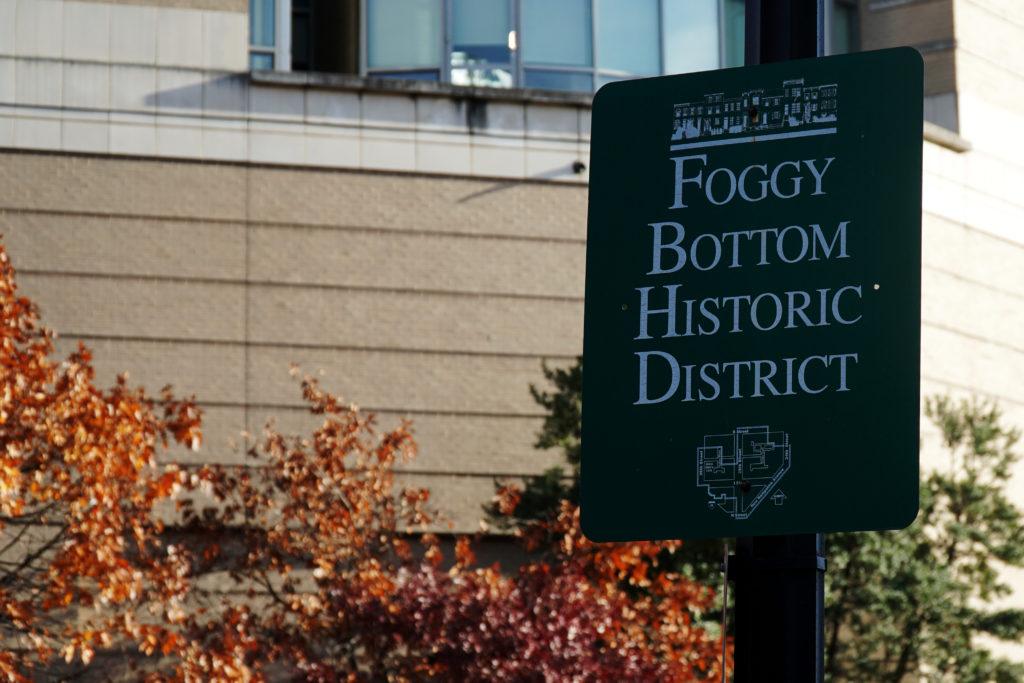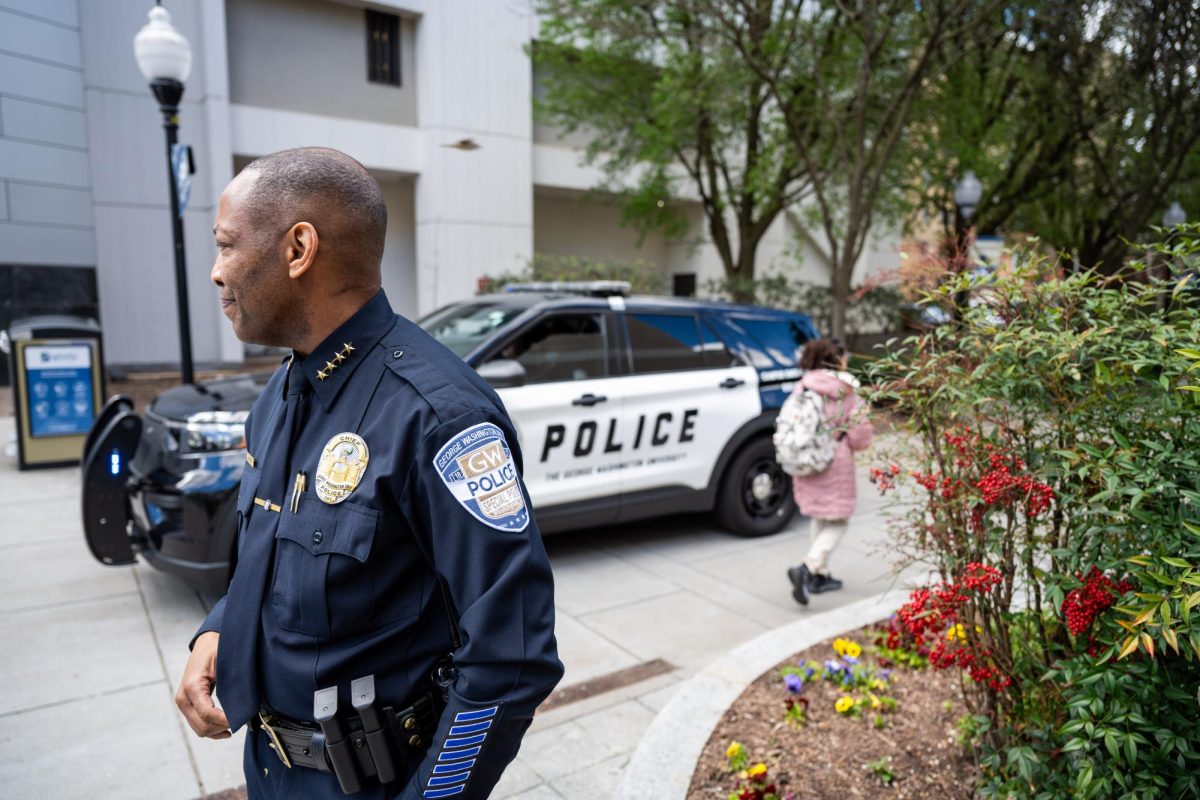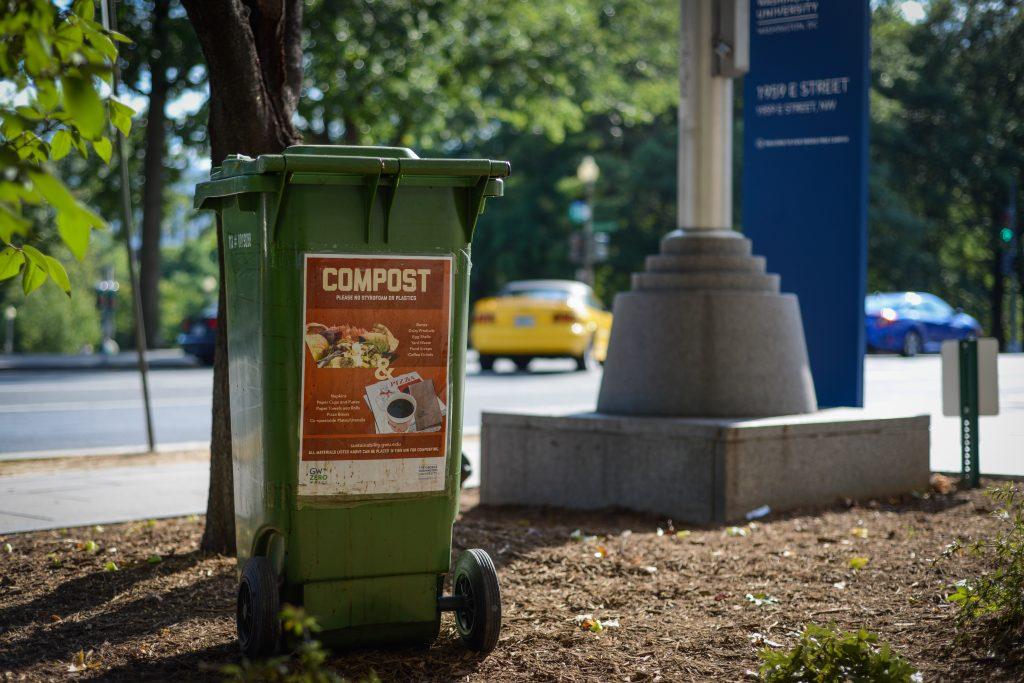Several Foggy Bottom community members are teaming up to record and preserve the deep history of the neighborhood.
The Foggy Bottom Association kicked off an ongoing history project last month with a series of blog posts and an archive of historical resources about the neighborhood’s history after announcing the initiative earlier this year. The leaders of the project said they hope students and residents will form a better understanding of the neighborhood and increase efforts to preserve and acknowledge the centuries-long history of Foggy Bottom.
Residents Denise Vogt, whose family has owned a home in Foggy Bottom for more than 30 years, and Frank Leone, a local retired lawyer, are co-chairing the efforts and said the project will progress as they continue to perform and publish more research.
“It represented the voice of the community here and also one of its goals is to preserve the historic integrity of the neighborhood,” Vogt said.
The Foggy Bottom Association posted a page for the project on its website last month with compiled resources including new blog posts about historic figures and events from Foggy Bottom’s history, like the neighborhood’s founding. The website currently features a link to a resource guide, which includes a directory of research maps, books.
“It’s a challenge because we want to make it appeal to all age groups,” Vogt said. “We want to make it easy to use as well as give the more sophisticated researcher plenty of tools to go further.”
Vogt, an alumna who graduated in 1978, said the FBA wants to develop guided tours or classes to help students understand the importance of the history of Foggy Bottom, which can be easy to overlook while working toward a degree.
“It’s easy as the student to kind of overlook where you’re walking and what you’re seeing because you’re so engrossed in other things,” she said. “But to go four years or six years there and not have the opportunity to really better understand the buildings that you’re passing, the neighborhoods that you walk through, all of the ‘before,’ it’s sort of a missing part of your education here.”
Leone writes a historical blog for the FBA called “Funkstown,” which refers to the neighborhood’s original nickname in the 1760s established by Jacob Funk, a German immigrant who developed the area. The blog details notable moments in Foggy Bottom’s history, revealing how abolitionists may have used the neighborhood as a stop in the Underground Railroad and how Foggy Bottom might have earned its name from large manufacturing plants that created layers of fog and smoke in the neighborhood.
Leone said GW has had a strong influence over the development of Foggy Bottom for more than a century – a point of contention, starting with the quad at University Yard, that sowed division between the University and the historic areas of the neighborhood.
“You can’t talk about Foggy Bottom without talking about GW,” Leone said.
Two of the blog posts on the project’s site list two buildings, one of which the University has already demolished and the other which officials are still planning to destroy, to promote their preservation. The blog about Staughton Hall, the building next to Gelman Library which GW filed a raze permit in August to destroy, is titled “Raze Low,” which plays on the term “razing,” which refers to the act of destroying a building, and GW’s “Raise High” motto.
The FBA has written letters to officials to protect buildings from demolition if members deem them historic – like Staughton Hall and the Waggaman House, which housed the Nashman Center for Civic Engagement and Public Service. Officials demolished Waggaman House earlier this fall.
Leone said he hopes GW will incorporate historic information about Foggy Bottom into its tours with new students to build the relationship between students and the community.
Vogt and Leone said they researched in Gelman Library with GW’s archivist reviewing historical materials. The duo organized their findings into a “History Resources” page for people interested in their own research into Foggy Bottom’s history.
Vogt and Leone hope to offer programs for students to contribute to the history project in the spring, currently discussing a potential partnership with the Nashman Center. They are also interested in providing some kind of service in the future to welcome incoming freshmen and get them acquainted with Foggy Bottom.
“We wanted to try to share information about Foggy Bottom history with incoming students or with students as part of the FBA project,” Leone said. “Part of it is like, ‘Welcome to the neighborhood’ and things like ‘This is where you put your trash,’ but in addition, there would be a history aspect.”
Zachary Blackburn contributed reporting.








